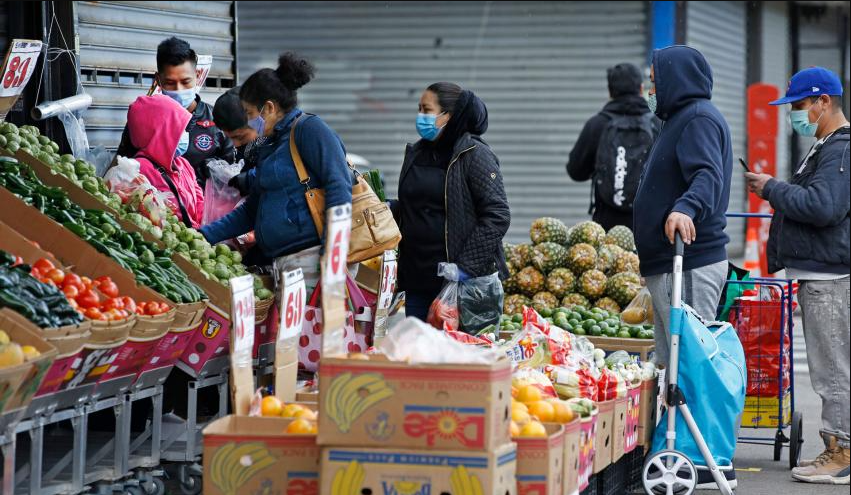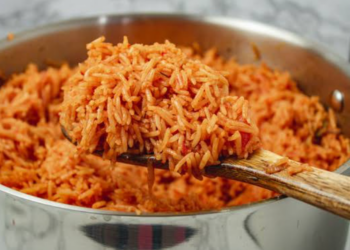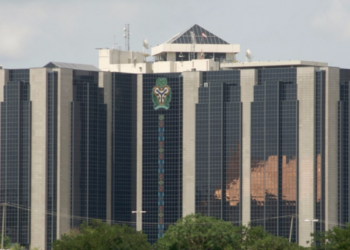The lockdown of global economies during the early stages of the Covid pandemic and generous stimulus packages meant people had enough savings which could not be matched with the supply chain by the time economies reopened. This crystalized the present global inflation scenario, which has also been made worse by the Russian invasion of Ukraine.
This was disclosed by Omotola Abimbola, Senior Portfolio Manager at Chapel Hill Denham while speaking at the Nairametrics investment webinar tagged, ‘How to invest wisely in the world’s highest inflation.’
He stated that there were already patterns of hikes in global commodities and price inflation before Russia struck Ukraine.
What Abimbola is saying
He stated that the current inflation is only partly to blame on the impact of the Russian invasion of Ukraine on global commodity prices and inflation rates in general.
He said, “It does not do enough justice to the context of current inflation scenario. Even before the war, there was a pattern of rising prices globally.
“To properly understand this current inflation scenario, we need to go back 12 years ago after the 2008 financial crisis.
“From that period to 2020, central banks kept rates low and moderate inflation since inflation was under control.
“This created a ‘Goldilocks scenario’, which is the extraordinary period of low and stable inflation rates, stable levels of growth, and easy monetary periods. This creates enormous wealth for investors because we saw financial asset prices riding the string wave of price inflation.
“All of a sudden in 2020, Covid-19 struck, a global pandemic, and we saw many governments impose a number of policies, including lockdowns to stop prices from getting out of hand, and when that happened, that led to a global economic recession, essentially government deliberately slowed the economy with lockdowns, and reduced goods and services, this forced a recession.”
He added that there was also a price decline in most advanced economies, citing that the world had a scenario of declining prices because the economy was on lockdown and people could not spend on services.
“What people did not consume, they saved in bank accounts and investments assets, and also the government had generous stimulus and unemployment packages, which left consumers very wealthy.
“By late December 2020 to early 2021, we got the vaccine, economies deliberately reopened once again and allowing consumers to spend their money.
“All the money consumers saved essentially went into consumption, which created a massive demand surge, and sadly could not be met by an effective supply chain. That crystalized into the current and elevated level of inflation we are witnessing.
“When demand increases, and no increase in supply, it leads to issues, including supply challenges and labor market shortages,” he said.
He added that the inflation we are witnessing today is partly because we have consumers coming out of a lockdown and buoyant with savings which leads to an increase in demand. On the supply lane, he stated that we do not have the commensurate improvements in supply, and that created inflationary pressures globally.
“The war has had a massive impact on the commodities market, but before we had the crisis, there was a pattern of rising demand from consumers who saved throughout the pandemic and came out to spend money,” Abimbola concluded.
What you should know
- Nairametrics reported earlier that the Monetary Policy Committee of the Central Bank of Nigeria voted unanimously to raise the benchmark interest rate to 13% after two years of expansionary monetary policy.
- The rate had been at 11.5% since September 2020. In a bid to spur recovery from the recession recorded due to the Covid-19, the rate has now been raised by the apex bank after the inflation rate rose above 16%.
- CBN’s hawkish move is targeted at curbing the rising rate of inflation in the country while still cautiously ensuring economic growth. This is also a massive reversal from CBN’s earlier stand that raising rates will not positively impact inflation.























